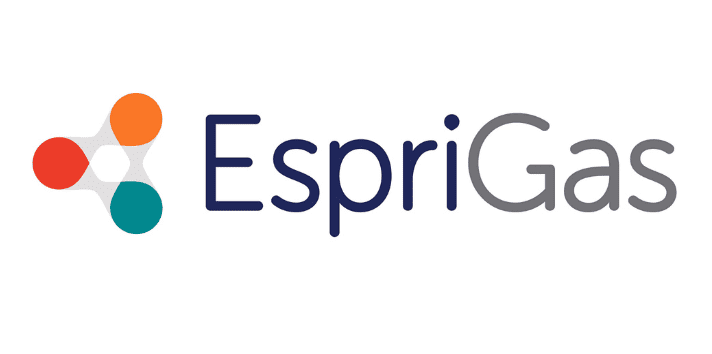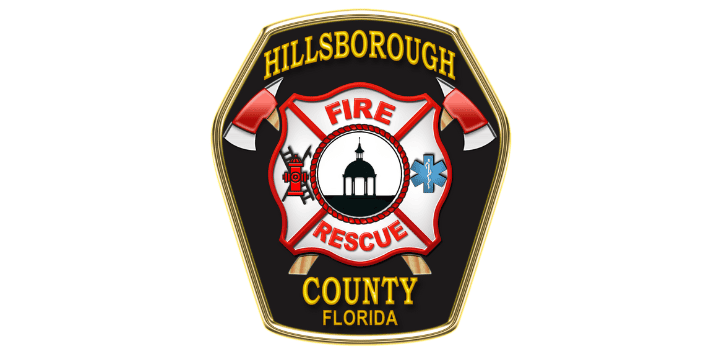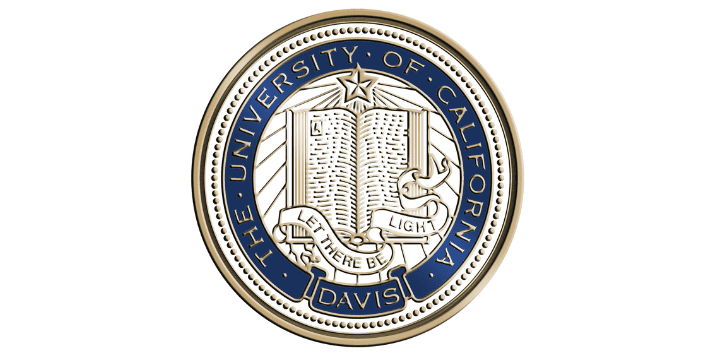CO2 Sensors
What does a CO2 sensor do?
For indoor air quality projects, indoor greenhouses, student projects, or connecting to Arduino or Raspberry Pi, CO2 sensors provide the easiest way to accurately measure carbon dioxide is the CozIR®-LP3 1% CO2 Sensor.
This sensor requires low power and features temperature stability, automatic adjustment for altitude, digital alarm, and PWM outputs.
For scientific accuracy on a budget, we recommend SenseAir's K30 10,000ppm CO2 sensor. Used by scientists and engineers worldwide, The K30 is the most stable, accurate, and low-cost NDIR carbon dioxide sensor on the market. In fact, scientists running 2 properly calibrated K30 sensors in parallel have been able to match the accuracy requirements of CO2 meters costing tens of thousands of dollars.
Use the USB development kit and free software to get running in minutes, or get out your soldering iron and programming skills to integrate it into any project.
OEM Manufacturers should consider the S8 Miniature 10,000ppm CO2 sensor. This next-generation NDIR sensor is reliable, has a small footprint, and is easy to integrate into high-volume OEM products. For applications where low power is a critical. look at the LP8 Miniature 10,000ppm CO2 Sensor or the COZIR LP Miniature 5,000ppm CO2 Sensor. Both are Designed for battery or solar-powered applications. If real-time sensing speed is important, check out the new SprintIR6S 5% CO2 Sensor, capable of measuring CO2 levels up to 20 times per second.
What % CO2 Reading Do You Need?
- Indoor and outdoor air has between 400ppm and 2,000ppm CO2 by volume. This means that for projects from measuring indoor air quality to measuring atmospheric CO2, a 0-1% (0-10,000ppm) CO2 sensor is your best solution.
- For applications like CO2 alarms in restaurants, breweries, or around stored CO2 tanks, a 5% CO2 sensor is used. OSHA requires alarms to be present at 1.5% and 5% CO2.
- Other applications like modified atmosphere packaging, bio-reactors, cryogenics, or SCUBA require sensors between 5 and 100% CO2. In general, you should know the highest level of CO2 you need to measure, then select the sensor that can read that level. This is because the wider the range of CO2 measured, the less precise the readings.
-
sensors
Gas Sensor Development Kit
The CM-200 Gas Sensor Development Kit is a PCB developed to help customers, students, researchers, OEMs and hobbyists go from...
$251.90 USD$251.90 USD$251.90 USD -
Select options
The K30 10,000ppm CO2 Sensor Module (030-8-0006) is an industry favorite known for its low-cost, accuracy, long life and low...
From $85.80 USD$85.80 USD$85.80 USD -
sensors
CozIR®-Blink Sensor
The CozIR®-Blink (formerly known as the GC-0035) is an ultra low power CO2 sensor that enables customers to reduce power consumption of...
$90.19 USD $196.90 USD$90.19 USD$90.19 USD $196.90 USD -
Select optionssensors
CozIR®-A 2,000 ppm CO2 Sensor
The CozIR®-A 2,000 ppm CO2 sensor is designed to monitor carbon dioxide levels indoors. It is ideal for monitoring CO2...
4.0 / 5.0
(1) ( 1 )
From $141.90 USD$141.90 USD$141.90 USD -
Select optionssensors
030-7-0007 K30 10% CO2 Sensor
The K30 10% (100,000 ppm) CO2 sensor (formerly known as SE-0118) is a high performance CO2 sensor used commonly in scientific,...
5.0 / 5.0
(6) ( 6 )
From $136.40 USD$136.40 USD$136.40 USD -
The 005-0-0001 LP8 miniature 10,000 ppm CO2 sensor (formerly known as SE-0038) is designed to monitor up to 10,000ppm CO2 concentrations in long-term battery...
5.0 / 5.0
(1) ( 1 )
$88.00 USD$88.00 USD$88.00 USD -
Select optionssensors
SprintIR®-6S-100 100% CO2 Sensor
The SprintIR®-6S-100 100% CO2 Sensor (formerly known as the GC-0030) is a high-speed CO2 sensor that can take up to 20...
4.0 / 5.0
(1) ( 1 )
From $317.90 USD$317.90 USD$317.90 USD $438.90 USD -
Select options
The 033-9-0010 K33 BLG (bio-logger) sensor (formerly known as the SE-0027) is designed to measure up to 30% carbon dioxide, temperature and %...
5.0 / 5.0
(2) ( 2 )
From $225.50 USD $383.90 USD$225.50 USD$225.50 USD $383.90 USD -
Select optionssensors
ExplorIR®-W 5% CO2 Sensor
The ExplorIR®-W (formerly known as CozIR Wide Range) is a low power, high performance CO2 sensor that measures 5% CO2 in battery...
4.8 / 5.0
(5) ( 5 )
From $141.90 USD$141.90 USD$141.90 USD -
sensors
030-8-0011 K30 Extended Range
The K30 Extended Range Sensor (030-8-0011) is intended to be built into devices that require up to 5,000 ppm CO2 monitoring...
$85.80 USD $110.00 USD$85.80 USD$85.80 USD $110.00 USD -
sensors
030-8-0016 K30 1% CO2 Sensor
The K30 1% CO2 Sensor (030-8-0016) is intended to be used to monitor up to 1% CO2 where the levels...
$108.90 USD$108.90 USD$108.90 USD -
Select optionssensors
CM1106H-NS NDIR CO2 Sensor
The CM1106H-NS High Accuracy NDIR CO2 Sensor (CU-1106H-NS) is a single beam, low cost CO2 sensor designed for OEMs to hobbyists. The...
From $49.50 USD$49.50 USD$49.50 USD -
Select options
The CM1106SL-N and CM1106-SL-NS Super Low Power NDIR CO2 Sensors are designed for wide use in battery-powered and wireless indoor...
$55.00 USD$55.00 USD$55.00 USD -
The CM1109 Dual IR Source NDIR CO2 Sensor is designed to measure CO2 for safety, beverage, agriculture, industrial or cold chain...
$49.50 USD$49.50 USD$49.50 USD -
The AM1008W Integrated IAQ CO2 and PM Sensor measures carbon dioxide, volatile organic compounds, particulate matter, and relative humidity in one...
$121.00 USD$121.00 USD$121.00 USD -
Select optionssensors
SPRINTIR®-R 20% CO2 Sensor
The SprintIR®-R 20% CO2 Sensor (formerly known as GC-0032) is the fastest carbon dioxide sensor on the market. Capable of measuring up...
From $361.90 USD $471.90 USD$361.90 USD$361.90 USD $471.90 USD -
fixed/wall mount
Carbon Dioxide (CO2) Fixed Gas Detector w/ Remote Sensor (0-5%)
The Carbon Dioxide (CO2) Fixed Gas Detector w/ Remote Sensor (MSC2 + MC2-0-I464-B-0-P) is designed to protect individuals near toxic gases...
$2,572.90 USD$2,572.90 USD$2,572.90 USD -
fixed/wall mount
Fixed Carbon Dioxide (CO2) Gas Detector (0-5%)
The Fixed Carbon Dioxide CO2 Gas Detector (MSC2 + SC2-I464-B-P-00) is designed to protect individuals near toxic CO2 gas in...
$2,435.40 USD$2,435.40 USD$2,435.40 USD
Don't Take Our Word for it, Take Theirs

Matthew Weintraub
Plant Manager
"Your solutions meet the code requirements and because of you our facility is much safer."

Angela Ihrig
Supply Chain Manager
"CO2Meter has helped protect 150+ of our customers sites and ensure they are compliant and safe."

Michael Hudkins, CFPS
Fire Plans Examiner/Fire Inspector II
"I would recommend CO2Meter gas training to anyone, it inspired us to be keenly aware of what to inspect."

Keith Isoldi
Chief Operating Officer
"I have always worked with CO2Meter because they are the industry leader."

Kelly Kissock
Faculty Director
"Easy to install, Our CO2 tank gassed off and the meter near it worked perfectly!"
Stay Informed with Our Latest Updates
Subscribe to our newsletter for the latest news, product updates, and industry insights.
CO2Meter is working with our global supply chain to minimize disruptions
Due to imposed tariffs, Quotes will be honored for 24 hours and may require a revised PO
CO2Meter is working with our global supply chain to minimize disruptions
Due to imposed tariffs, Quotes will be honored for 24 hours and may require a revised PO
CO2Meter is working with our global supply chain to minimize disruptions
Due to imposed tariffs, Quotes will be honored for 24 hours and may require a revised PO
CO2Meter is working with our global supply chain to minimize disruptions
Due to imposed tariffs, Quotes will be honored for 24 hours and may require a revised PO
CO2Meter is working with our global supply chain to minimize disruptions
Due to imposed tariffs, Quotes will be honored for 24 hours and may require a revised PO
CO2Meter is working with our global supply chain to minimize disruptions
Due to imposed tariffs, Quotes will be honored for 24 hours and may require a revised PO
CO2Meter is working with our global supply chain to minimize disruptions
Due to imposed tariffs, Quotes will be honored for 24 hours and may require a revised PO
CO2Meter is working with our global supply chain to minimize disruptions
Due to imposed tariffs, Quotes will be honored for 24 hours and may require a revised PO
CO2Meter is working with our global supply chain to minimize disruptions
Due to imposed tariffs, Quotes will be honored for 24 hours and may require a revised PO
CO2Meter is working with our global supply chain to minimize disruptions
Due to imposed tariffs, Quotes will be honored for 24 hours and may require a revised PO
CO2Meter is working with our global supply chain to minimize disruptions
Due to imposed tariffs, Quotes will be honored for 24 hours and may require a revised PO
CO2Meter is working with our global supply chain to minimize disruptions
Due to imposed tariffs, Quotes will be honored for 24 hours and may require a revised PO
CO2Meter is working with our global supply chain to minimize disruptions
Due to imposed tariffs, Quotes will be honored for 24 hours and may require a revised PO
CO2Meter is working with our global supply chain to minimize disruptions
Due to imposed tariffs, Quotes will be honored for 24 hours and may require a revised PO
CO2Meter is working with our global supply chain to minimize disruptions
Due to imposed tariffs, Quotes will be honored for 24 hours and may require a revised PO
CO2Meter is working with our global supply chain to minimize disruptions
Due to imposed tariffs, Quotes will be honored for 24 hours and may require a revised PO
CO2Meter is working with our global supply chain to minimize disruptions
Due to imposed tariffs, Quotes will be honored for 24 hours and may require a revised PO
CO2Meter is working with our global supply chain to minimize disruptions
Due to imposed tariffs, Quotes will be honored for 24 hours and may require a revised PO
CO2Meter is working with our global supply chain to minimize disruptions
Due to imposed tariffs, Quotes will be honored for 24 hours and may require a revised PO
CO2Meter is working with our global supply chain to minimize disruptions
Due to imposed tariffs, Quotes will be honored for 24 hours and may require a revised PO
CO2Meter is working with our global supply chain to minimize disruptions
Due to imposed tariffs, Quotes will be honored for 24 hours and may require a revised PO
CO2Meter is working with our global supply chain to minimize disruptions
Due to imposed tariffs, Quotes will be honored for 24 hours and may require a revised PO
CO2Meter is working with our global supply chain to minimize disruptions
Due to imposed tariffs, Quotes will be honored for 24 hours and may require a revised PO
CO2Meter is working with our global supply chain to minimize disruptions
Due to imposed tariffs, Quotes will be honored for 24 hours and may require a revised PO
CO2Meter is working with our global supply chain to minimize disruptions
Due to imposed tariffs, Quotes will be honored for 24 hours and may require a revised PO











































